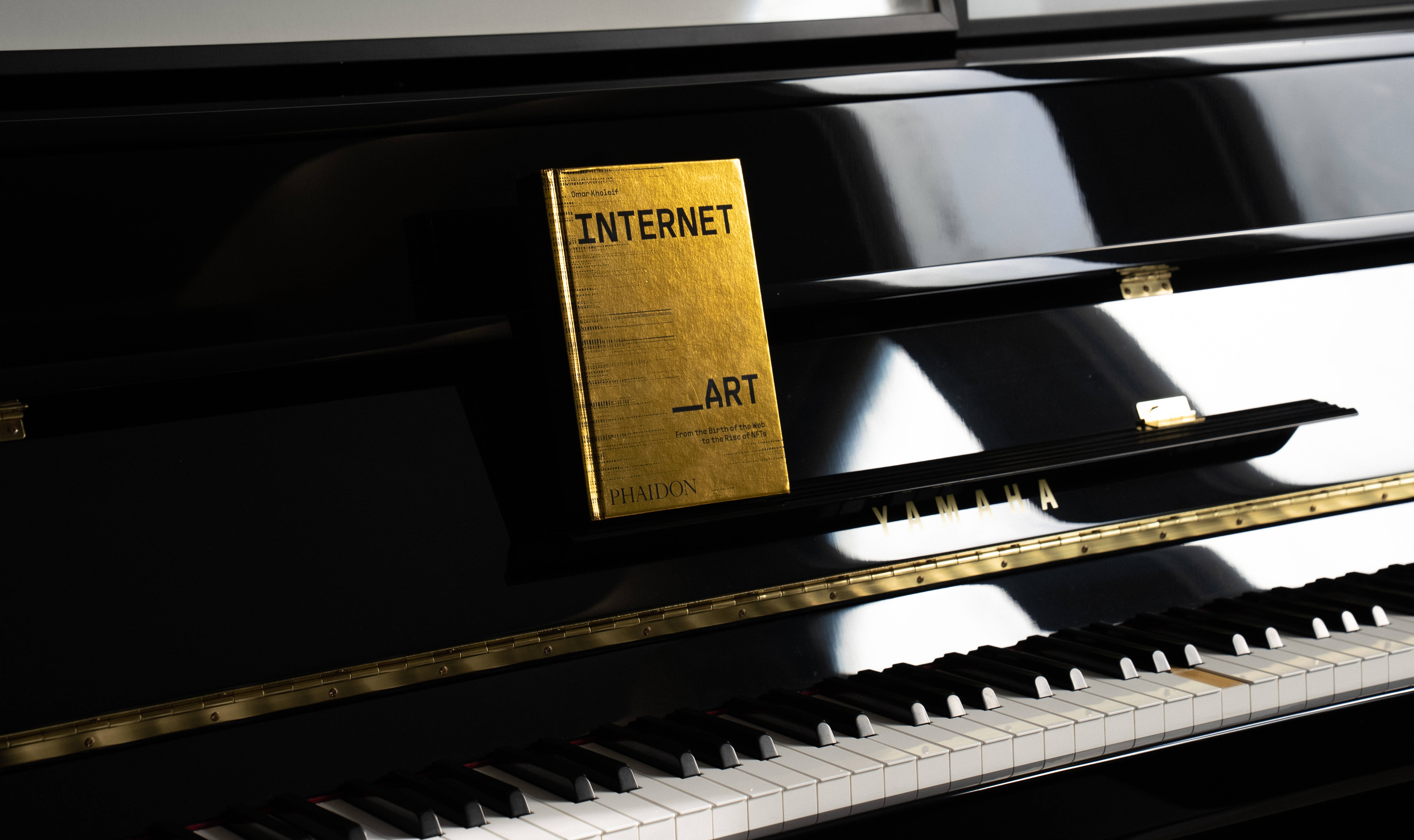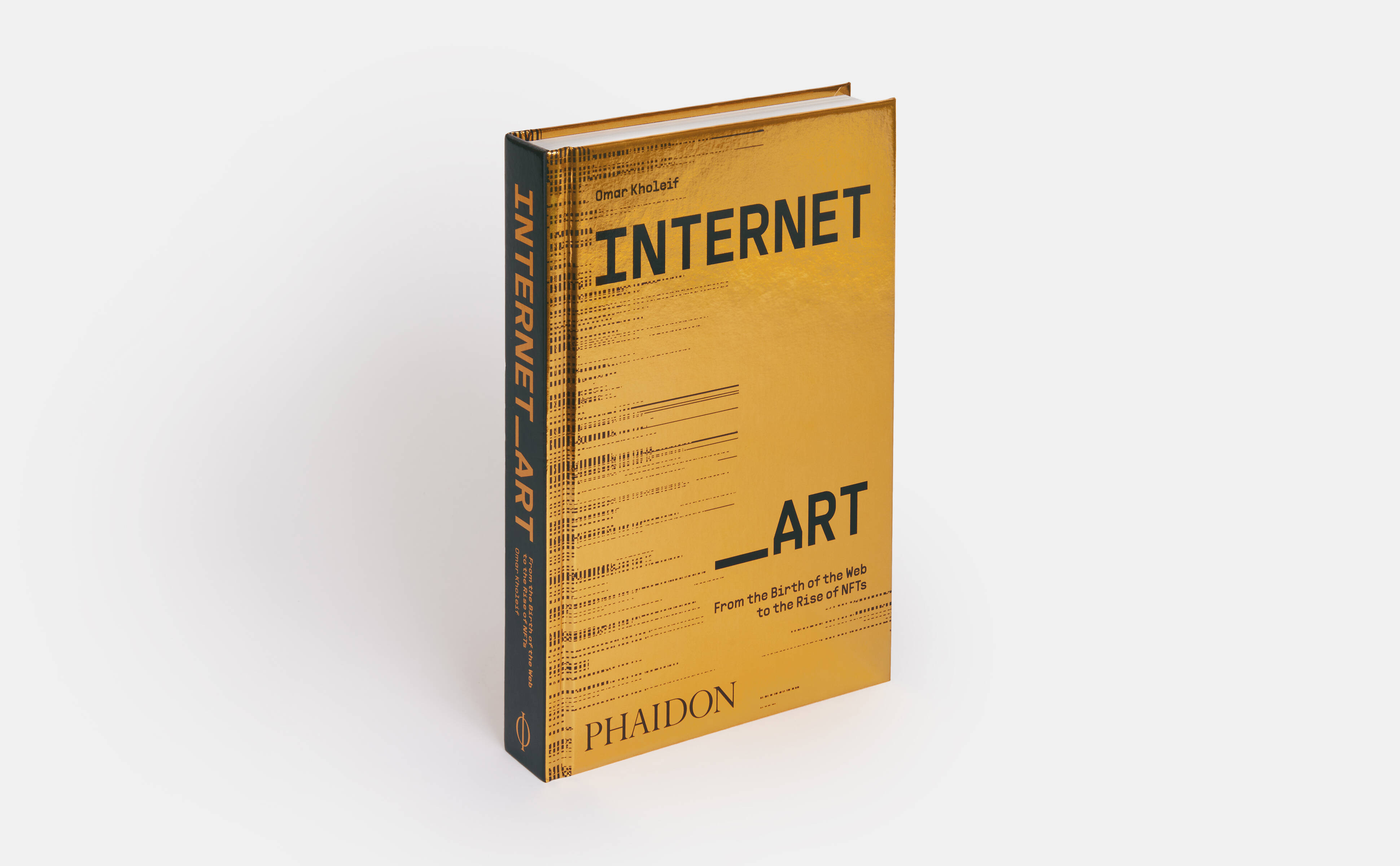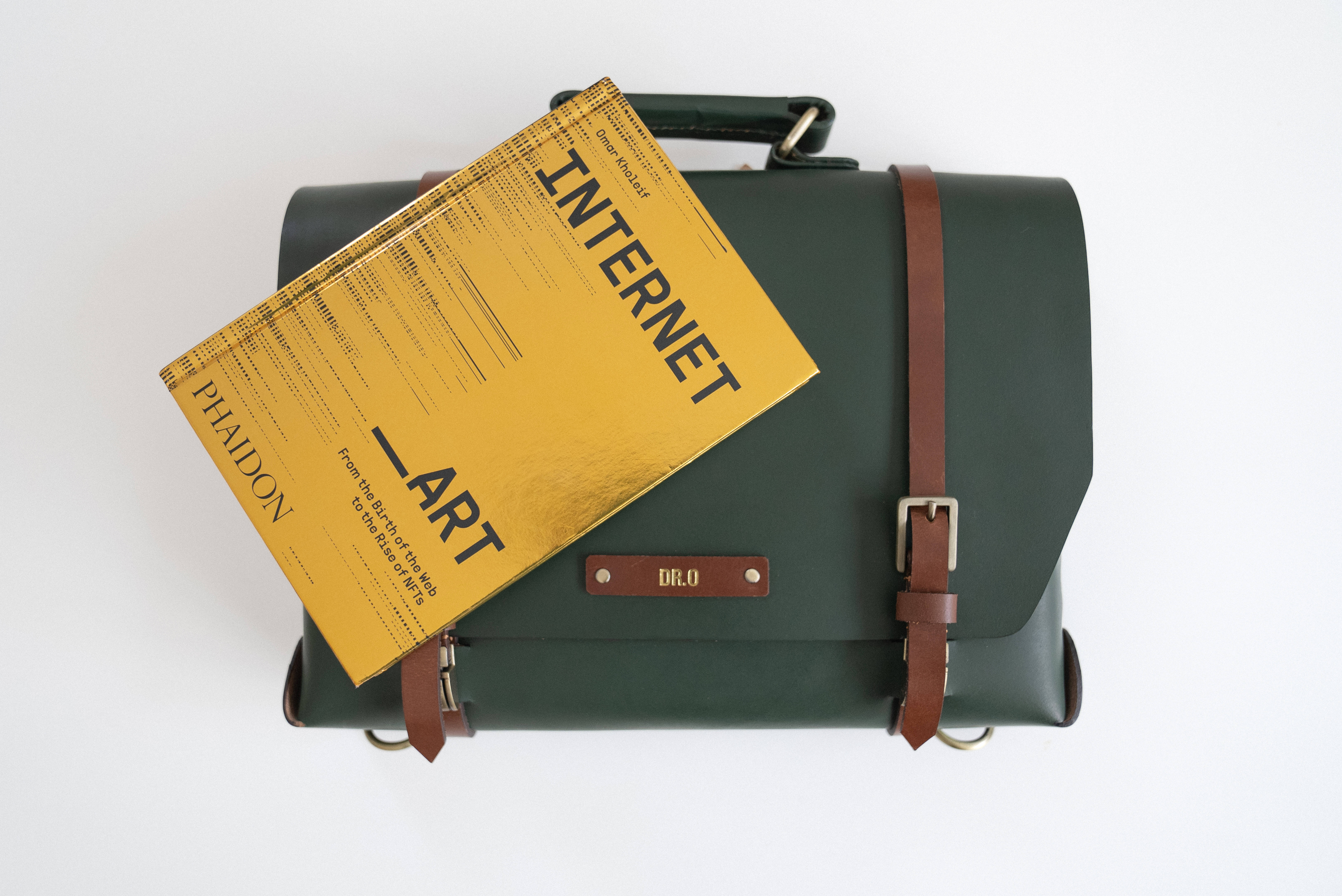
Who shapes digital culture, and how?
'I programmed myself to collaborate with code, templates and machines’ says Dr. Omar Kholeif, author of INTERNET_ART, as they outline the key drivers of our digital multiverse
The Influencer Everyone is always asking me if ‘influencers’ are worth their worth. The truth is that agency is not simply in the number of followers someone has. Rather, it is the value attributed to the nature of how they engage with their followers. Ostensibly, the influencer needs to keep their followers engaged and ostensibly interested in whatever it is that they are ‘selling’. This can be an entire kind of lifestyle (i.e., Zen Living), a fashion garment (#IaminOFFWHITE), or an ideology (#BANTHIS?). Billionaire reality TV star moguls, Kim Kardashian and her sibling, Kylie Jenner are considered progenitors of using social media (referred to as web 2.0) in this way.
But keep your eyes peeled. Parent organisations such as Meta won’t necessarily allow you to rent their space for free. If there is ‘monetisation’ involved in your ‘influence’ then you can expect that, after a while, your posts will be flagged for not meeting their ‘community guidelines’ unless, of course, they are getting a cut in on the action. Targeted ads, governed by user data, are the prime commodity for such tech conglomerates.
The Designer The internet became more popular thanks to good design (Can someone find me a UX designer, please?). The influential design critic Alice Rawsthorn once taught me that good design must always fulfil its function. Graphic, product, and industrial designers are thus fundamental in how we ‘see’ and experience the digital world—from websites to mobile telephones—good design has become an integrated debate around all things digital.
Within this constellation of things, Sir Jony Ive, now Chancellor of my alma mater, the Royal College of Art, has been deeply inspiring to many. Ive was fundamental in steering Apple’s product design for more than two decades: Could we ever imagine Carrie Bradshaw authoring her column on a laptop that wasn’t a Mac? And Ive, among many things, was instrumental in the development of the iPhone, which shaped a visual vocabulary that is interface and surface-led, adaptable, and interdependent with everyday human life.

Open/Crowd Sourcing and DIY Culture The internet’s stronghold as a mass medium has often been tied to the utopian possibility that it can do anything—anything can happen online. Since the broadening of its reach in the early 90s, WWW has allowed many of us to take ideas out for a test drive in a public arena. My first website, I programmed myself, in ‘simple’ HTML code. It was a wonky hyperlinked diary. If I had not started that way, I would not hold the appreciation that I do for all the individuals who constitute the worlds fashioned out of the internet. Around 2003, I became aware of the possibility of having my voice heard and my person seen through the rise of blogging spaces such as blogspot.com (now known as Blogger). I also got my first MySpace page and an entire new writing and vlogging career opened for me. We continue to bear witness to how crowdsourced and open-source applications of digital networked spaces, such as Wikipedia.com can change the way humans literally consume knowledge. Wikipedia, regularly ranked as one the of the world’s top ten most visited websites, with over 10 million plus volunteer editors, demonstrates how coming together online can build both knowledge and community.
What does this mean for art and artists? Here are my three take-aways: 1. Collaborate! 2. Collaborate! 3. Collaborate so much that your whole life becomes one giant collaboration! This is the key to having contemporary art made, seen, and absorbed in our digital world.

Photo by Reem Sawan, courtesy BLAKE GALLACHER
Dr. Omar Kholeif is the author of Internet_Art: From the Birth of the Web to the Rise of NFTs.